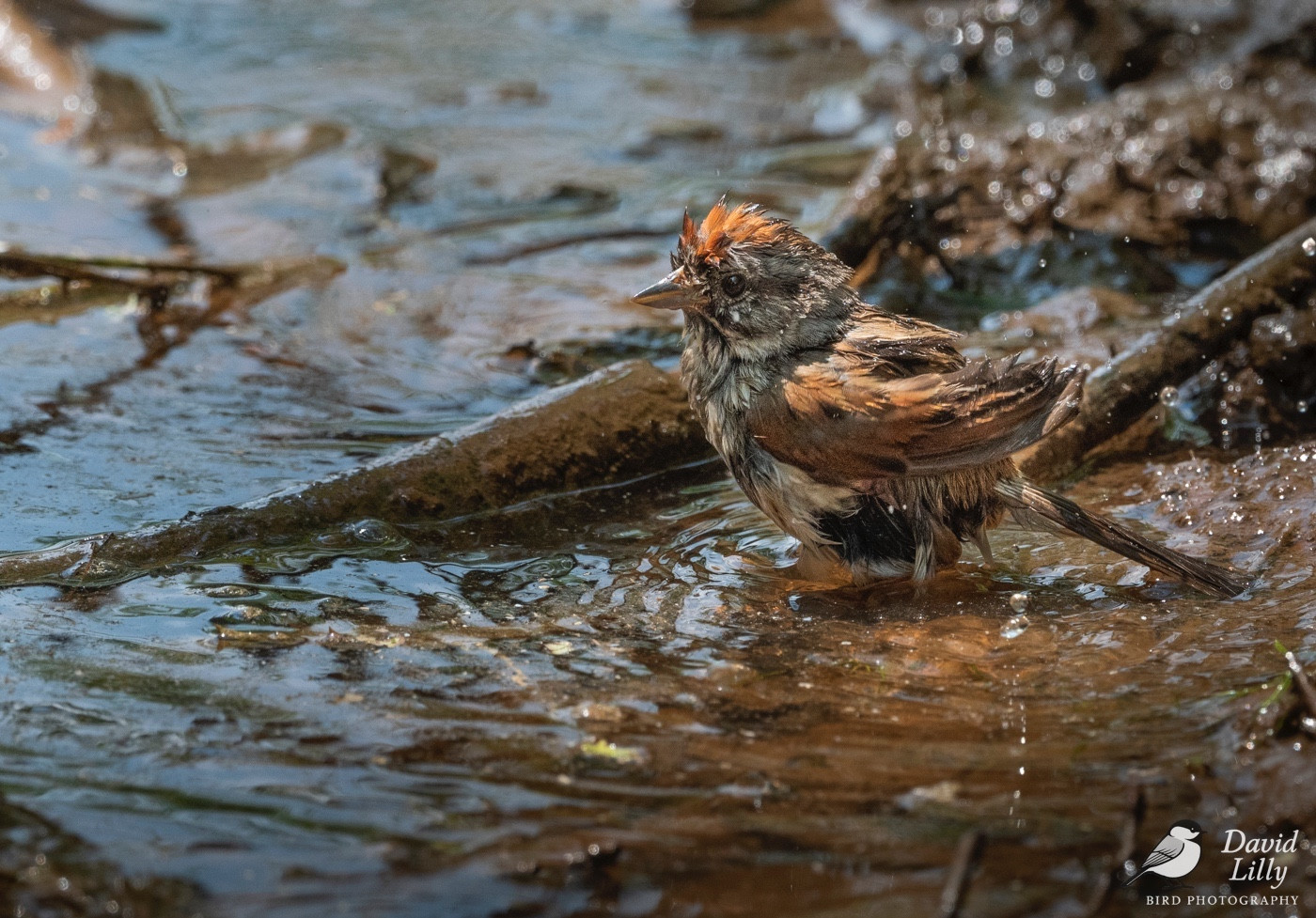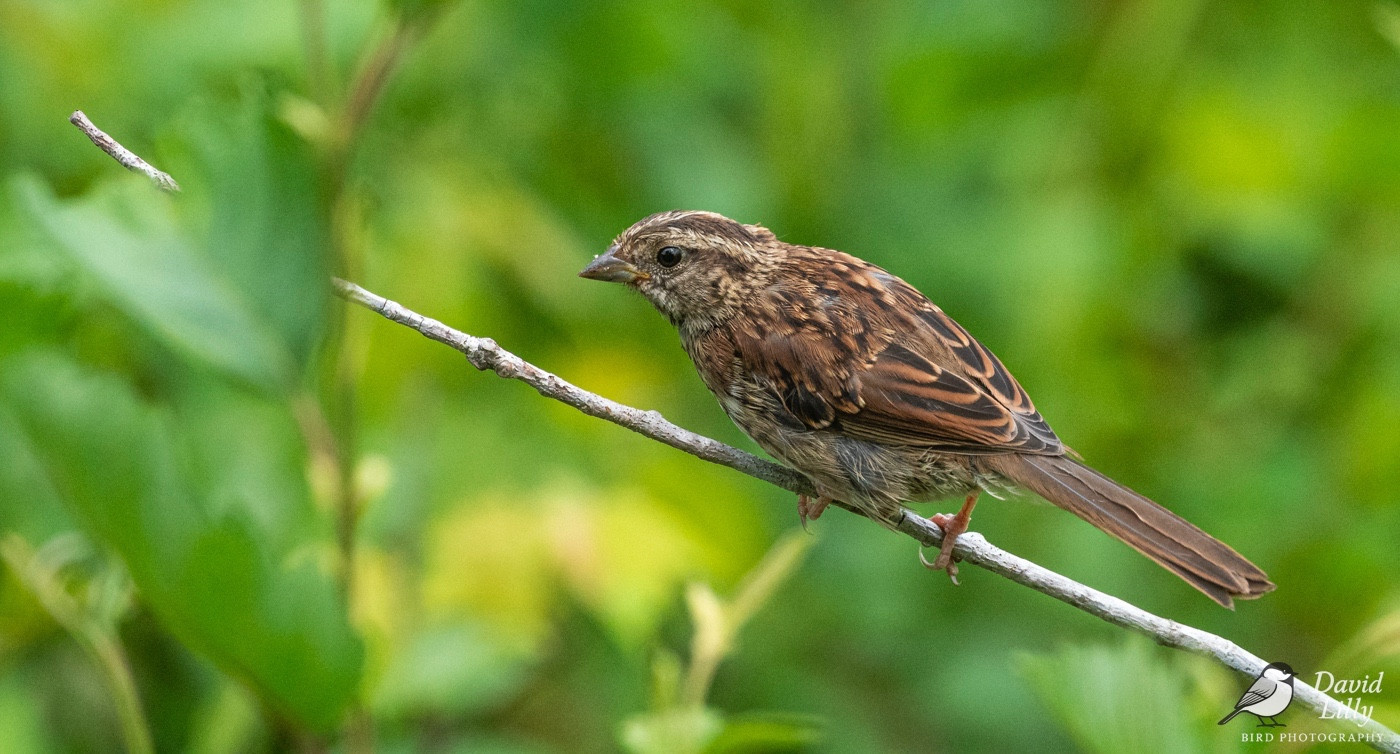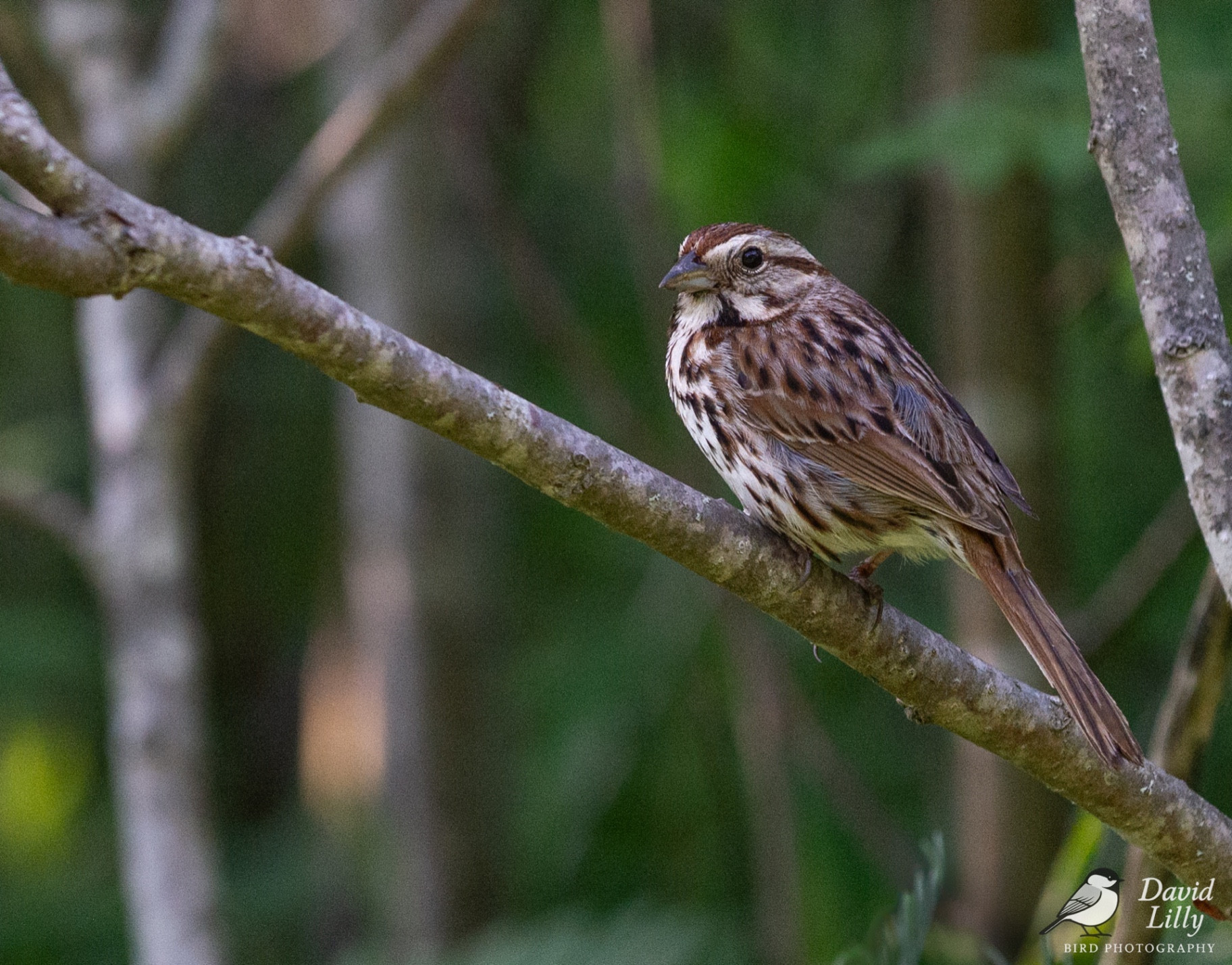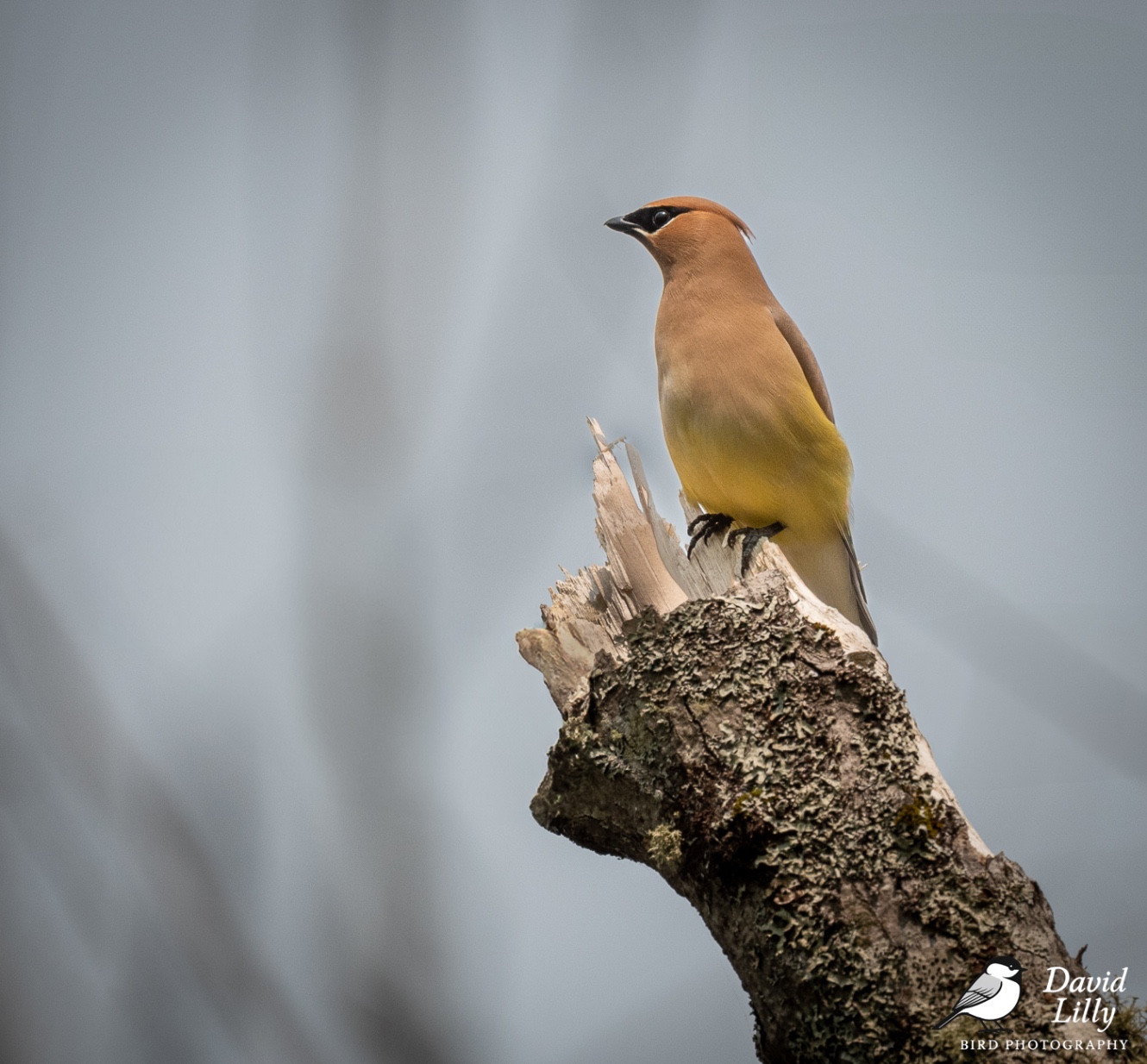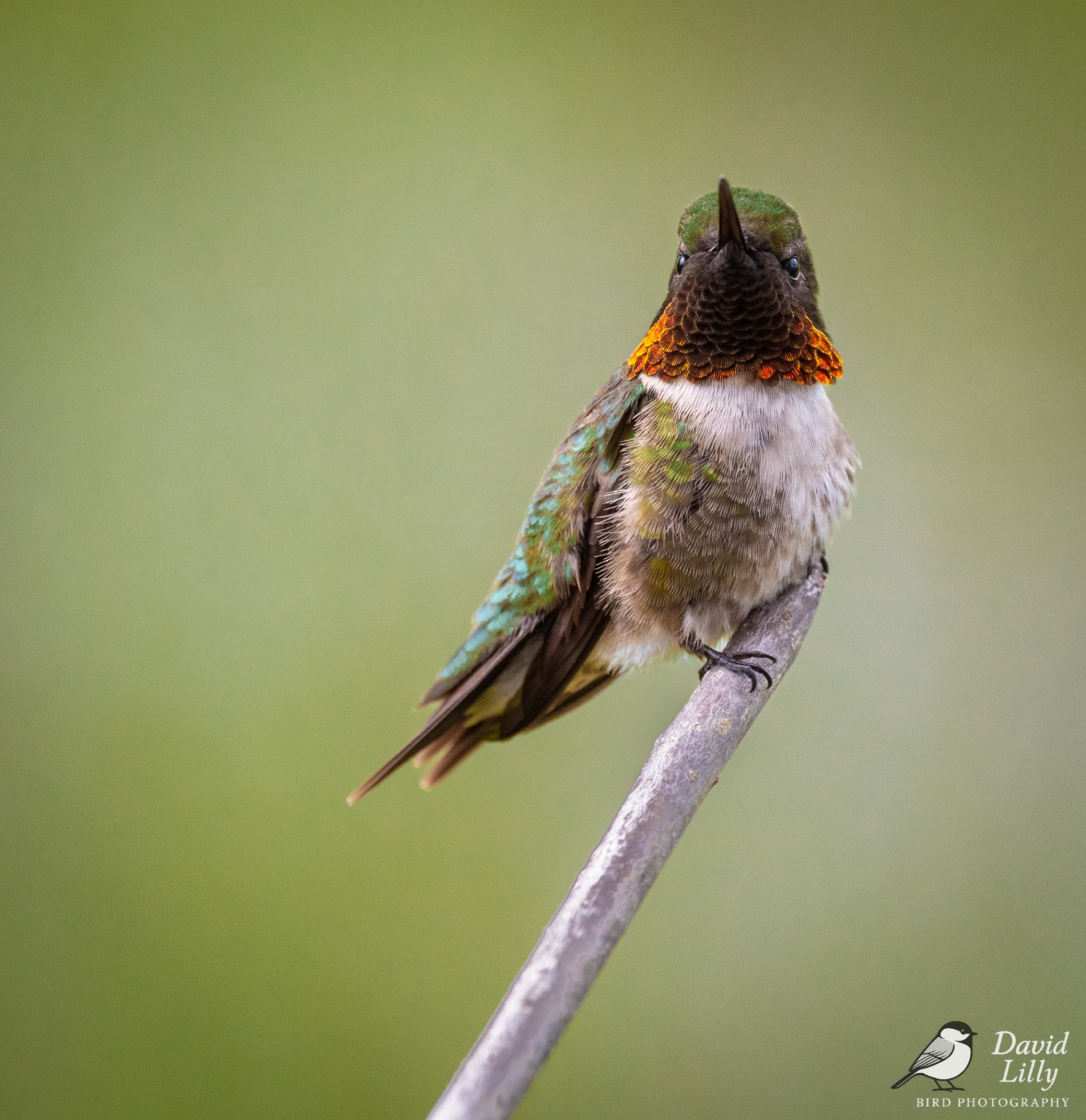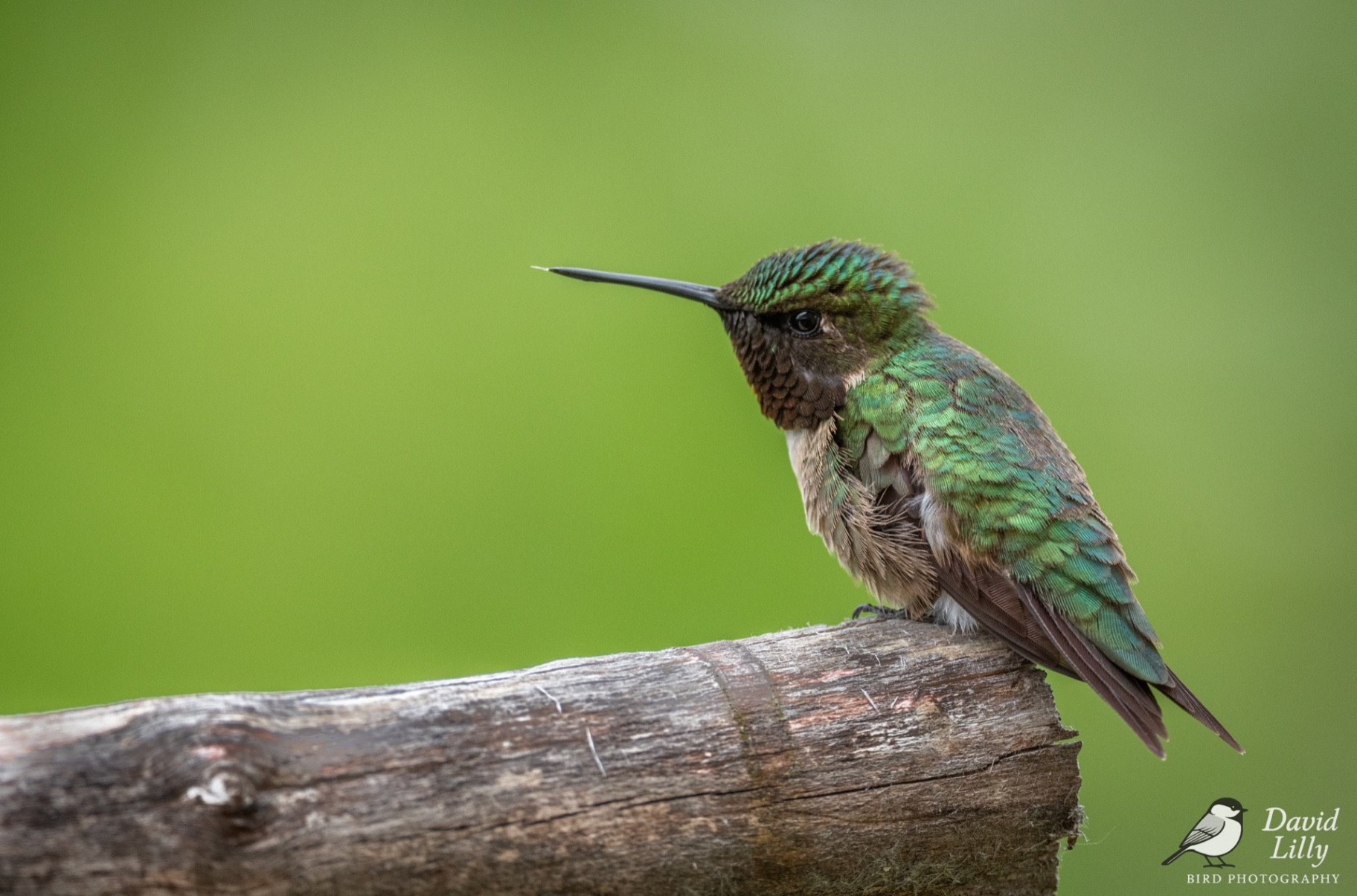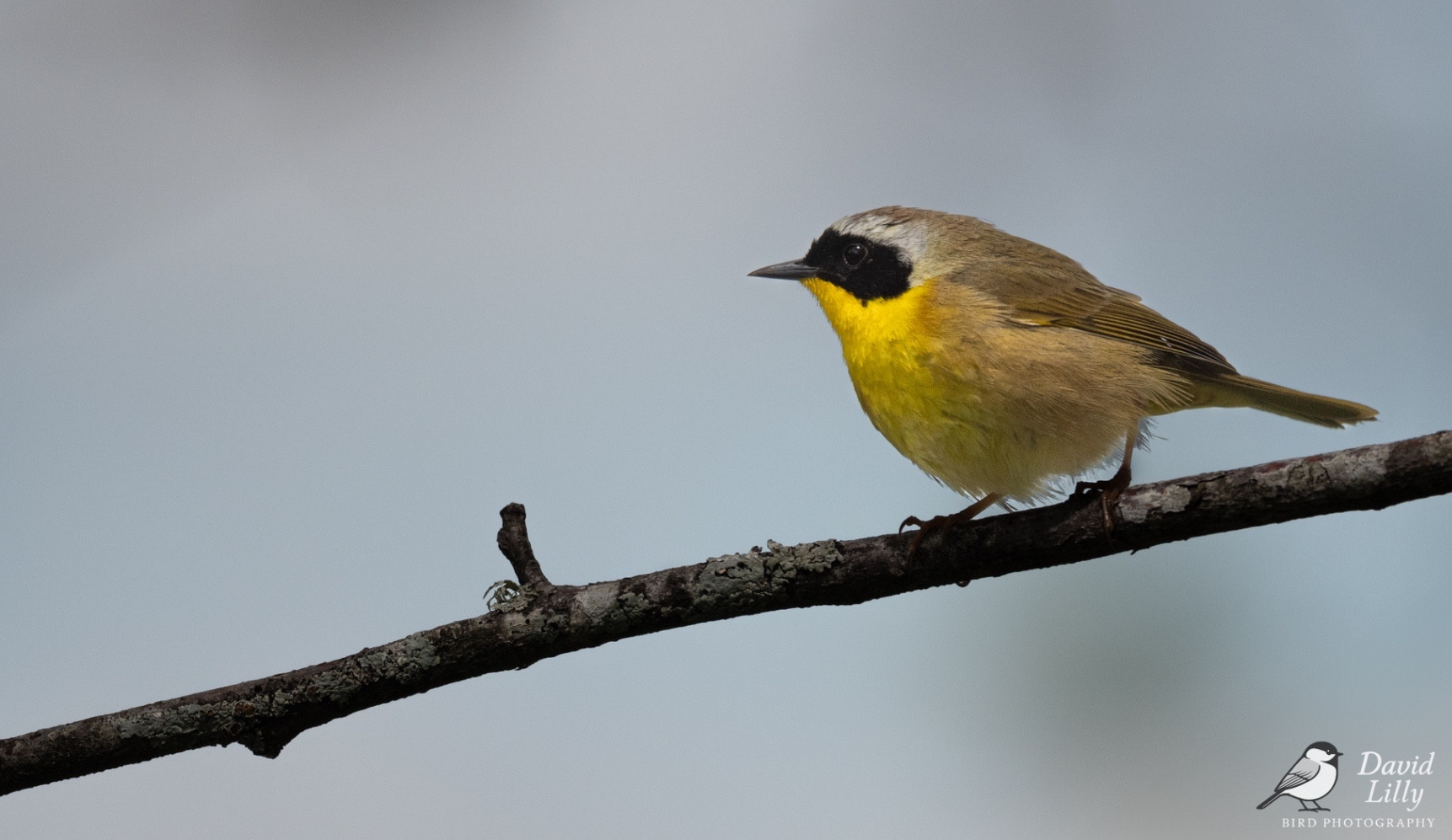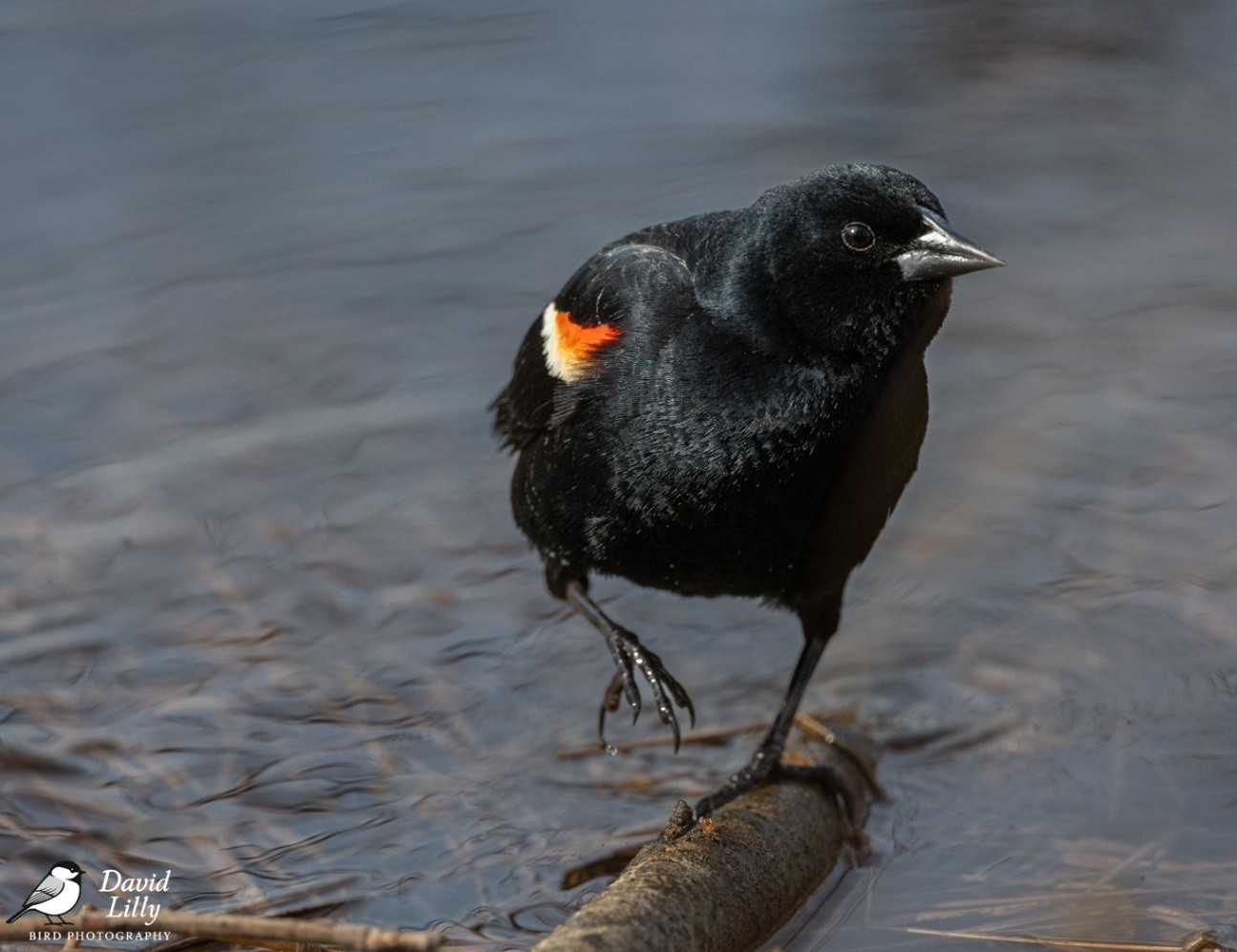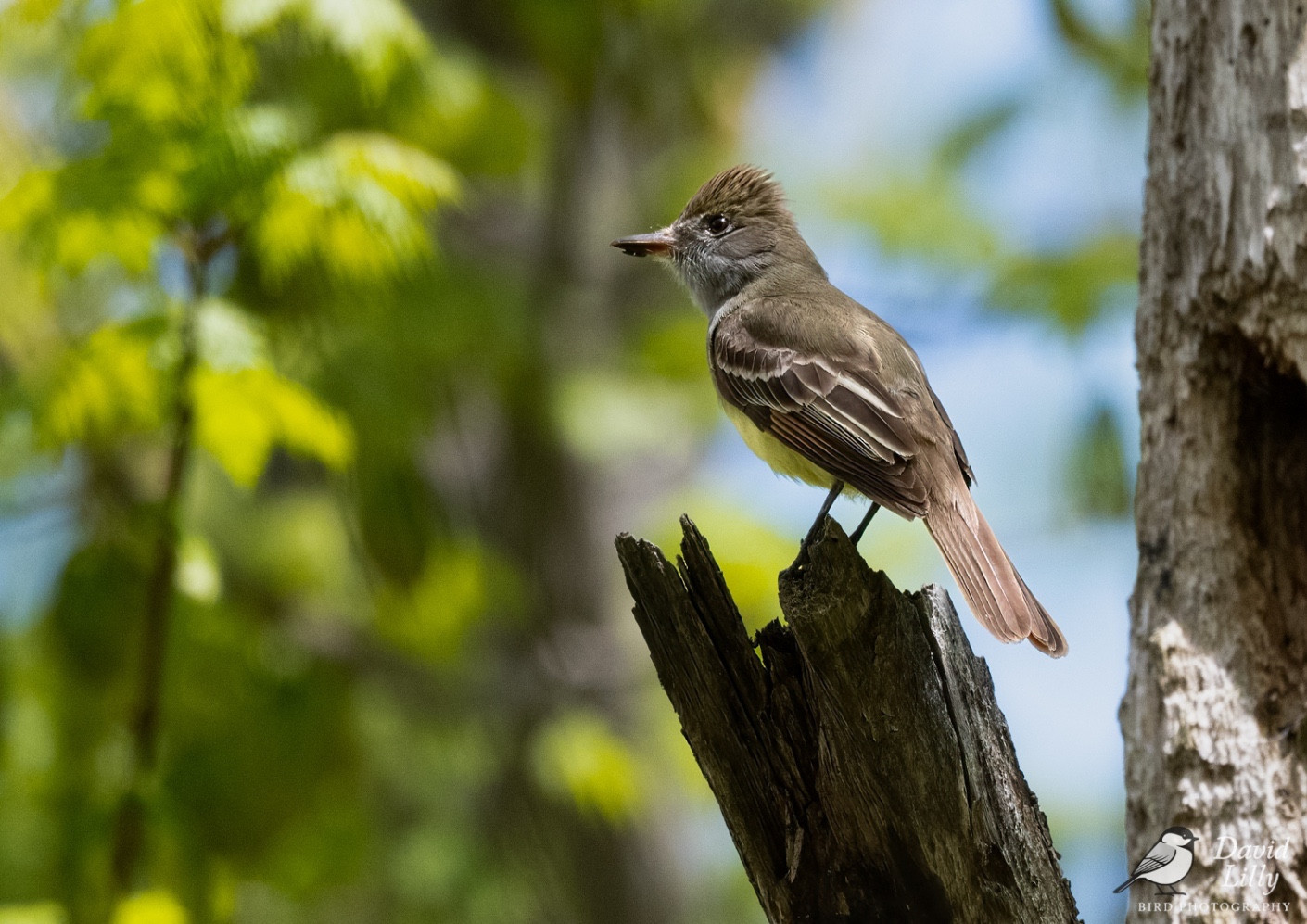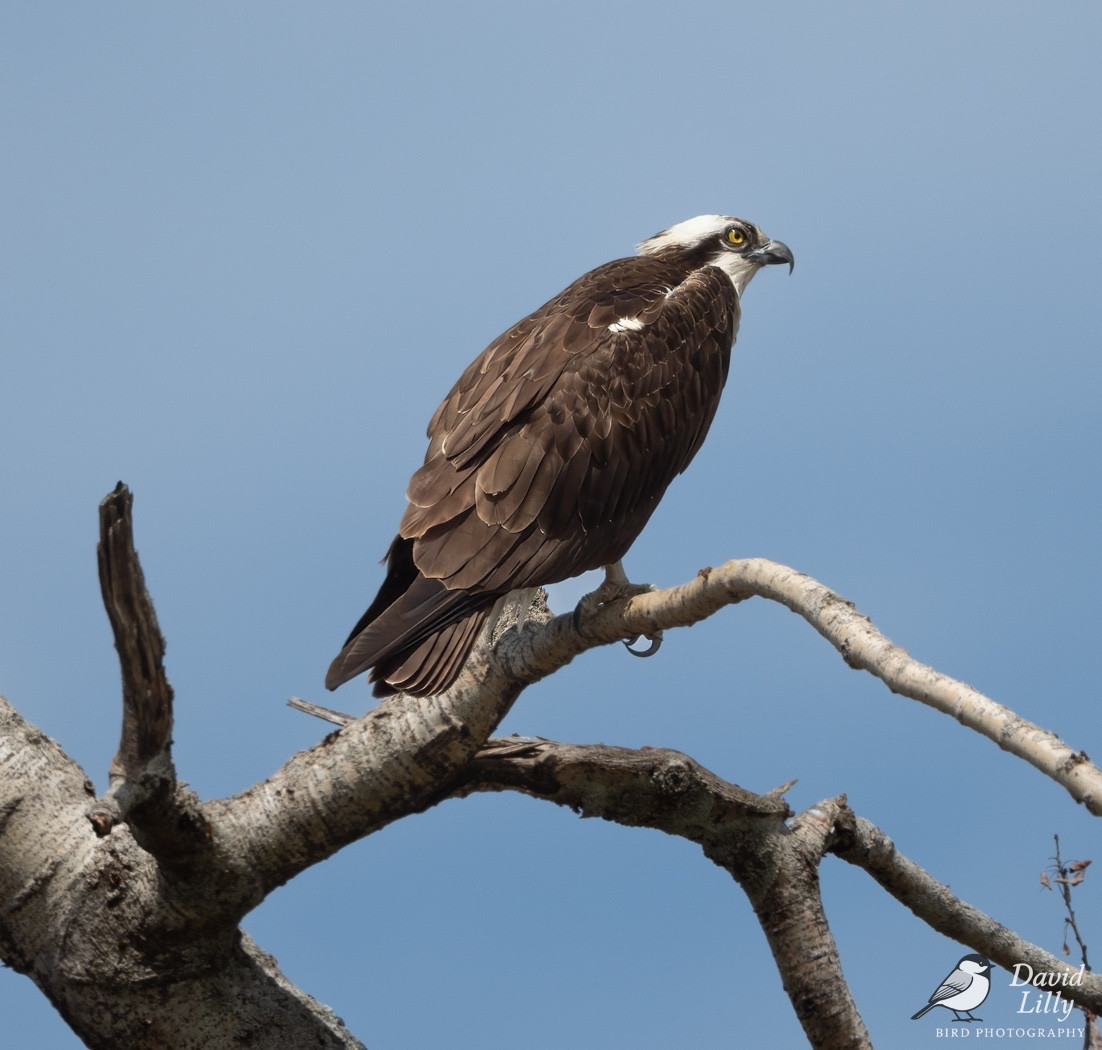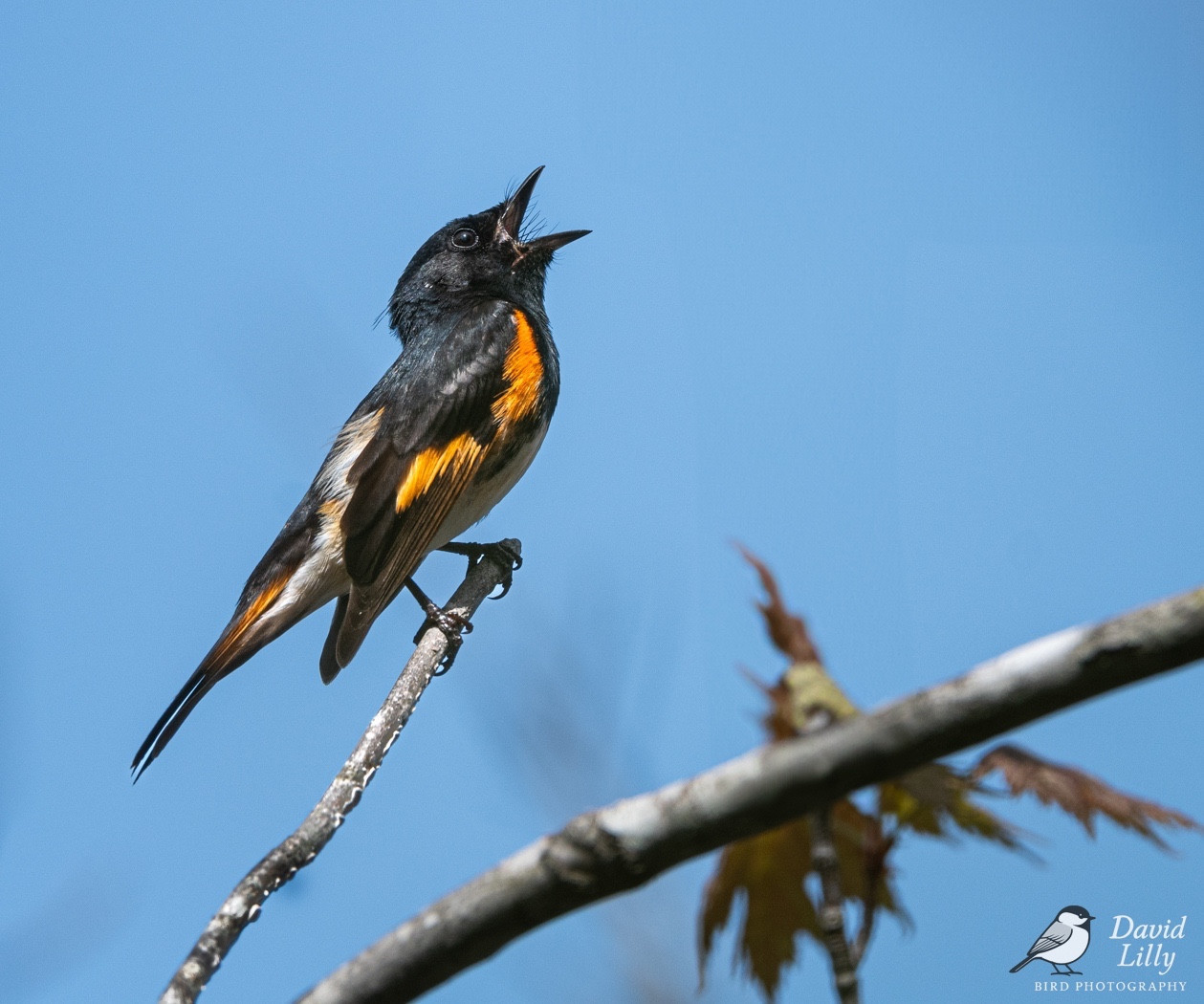All Photographs by David Lilly
The two Ospreys were building a nest and possed for me. The light was good. They were up in a tree,but I liked the posses.
Below is a Great -creasted flycatcher. These birds are rare bird in this part of New Brunswick. This was the first bird I have seen this year. It was hight up in the birch tree.
The Red-winged blackbird was almost to close. I backed away and got this photograph. I consider this photograph one of my best.
The Veery was a difficult subject. It was in the shade and behind vegetation with a little patience I did get a good photograph.
Nikon D 500 with a Nikon 500mm 5.6 lens
I was photographing the Common Grackle. There was just no colours, so i decided let it be Black and white.
Common Grackles are relatively large, lanky blackbirds, appearing somewhat "stretched" compared to other blackbirds. They typically measure 11-13.4 inches (28-34 cm) in length, with a wingspan of 14.2-18.1 inches (36-46 cm). They have long legs, a long tail, and a long, tapered bill that often has a slight downward curve. In flight, their wings can appear short in comparison to their long, wedge-shaped tail, which sometimes folds into a shallow V. Males are slightly larger than females.
From a distance, they appear uniformly black. However, up close, their plumage reveals striking iridescence. Males have a glossy, iridescent bluish head and a bronzy-iridescent body, though this can vary regionally. The "Bronzed Grackle" subspecies (found west of the Appalachians and in New England) has a brassy bronze body, while the "Purple Grackle" (of the Southeast) has a purple sheen on the back. A third subspecies in the southeastern U.S. has more subtle blue-green iridescence. Females are generally similar but slightly less glossy.
A distinctive feature is their bright golden or pale yellow eyes, which stand out against their dark plumage and give them an intense expression. Young birds have dark eyes.
Their bill is strong and heavy, with a unique hard keel on the inside of the upper mandible that they use to saw open acorns.
I am happy with the results. I don't usually convert my photos to B&W. I think in this case it worked very well.
Nikon D 500 with a Nikon 500mm pf lens.
Grand Manan Island in New Brunswick is a premier destination for bird photography, offering a rich diversity of avian species and stunning natural backdrops. Its location along the Atlantic Flyway makes it a hotspot for both migratory and resident birds.
For warbler migration the best time to visit the Island is the second and third week of May. However, the weather plays a a big part on the number of migrating birds. Windas from the SW and clear nights are the best. On this trip I had horrible weather- winds were from the NW completely opposite of what I hoped for. Below is a small gallery of some birds I was able to photograph.
Top Bird Photography Locations on Grand Manan
North Head: this was my favourite location. If there are birds that manage to migrate, this is where you are most likely to see them early in the morning.
Swallowtail Lighthouse: This iconic site provides panoramic views and is frequented by various seabirds, making it ideal for capturing birds in flight against dramatic coastal scenery
Castalia Marsh: A haven for shorebirds, especially during high tide. The salt marsh environment attracts species like sandpipers and plovers, offering excellent opportunities for close-up shots.
The Anchorage Provincial Park: Equipped with trails and observation blinds, this park allows photographers to observe a variety of bird species in their natural habitats without causing disturbance.
Grand Manan Migratory Bird Sanctuary: This sanctuary plays a crucial role in the survival of migrating and wintering waterfowl, including species like the American Black Duck and Bufflehead.
Canadian Bird photographers can enjoy their bird photography in winter as well as in the summer. There are many species of birds found in Canada during the winter. As a matter of fact, some species can only be found in the southern part of Canada in the winter, Snowy owl and the Snow Bunting, for example. However, winter bird photography does present some challenges.
The first challenge is the cold. How do we protect our camera equipment in the cold and stay safe?
Although winter can be cold, it should not be an excuse not to photograph birds. There are opportunities galore; enjoy your winter birding photography.
Snowy Owl by David Lilly
Dark eyed Junco by David Lilly
Common Redpoll in breeding plumage by David Lilly
Sharp-tailed grouse by David Lilly
To the right a tern captured in flight.
Nothing unusual except the camera equipment i used to capture this Common tern.
It was captured with Nikon D300s with a Nikon 500mm F4 lens. Just to prove a point about all of the hype about the latest and greatest camera equipment.
Common Behavior: A male tern catches a small, shiny fish and carries it around in his beak, displaying it to females. If a female accepts the fish, it solidifies their pair bond.


